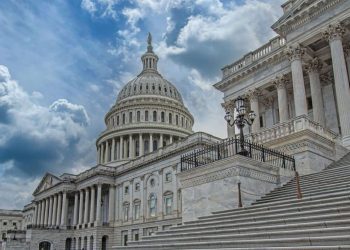The University of Michigan’s consumer sentiment index improved for the fifth consecutive month in December, rising about 3% to its highest reading in seven months. A surge in buying conditions for durables led Current Economic Conditions to soar more than 20%. Rather than a sign of strength, this rise in durables was primarily due to a perception that purchasing durables now would enable buyers to avoid future price increases.
Director of the Surveys of Consumers Joanne Hsu commented that “buying conditions exhibited a particularly strong 32% improvement, primarily due to a surge in consumers expecting future price increases for large purchases. Broadly speaking, consumers believe that the economy has improved considerably as inflation has slowed, but they do not feel that they are thriving; sentiment is currently about midway between the all-time low reached in June 2022 and pre-pandemic readings.
“Year-ahead inflation expectations rose from 2.6% last month to 2.8% this month, the first month-over-month increase since May, but within the 2.3% – 3% range seen in the two years pre-pandemic. Long-run inflation expectations edged down from 3.2% last month to 3% this month, modestly elevated relative to the range of readings seen in the two years pre-pandemic.”
The expectations index continued the post-election recalibration that began last month, climbing for Republicans and declining for Democrats in December. Independents were, as usual, in the middle between the two major parties, with readings close to the national average.
This adjustment process is consistent with a response to actual underlying changes in expectations for the national economy, and not merely an expression of partisanship. For example, throughout this month’s interviews, Democrats voiced concerns that anticipated policy changes, particularly tariff hikes, would lead to a resurgence in inflation. Republicans disagreed; they expect the next president will usher in an immense slowdown in inflation. As such, national measures of sentiment and expectations continue to reflect the collective economic experiences and observations of the American population as a whole.












